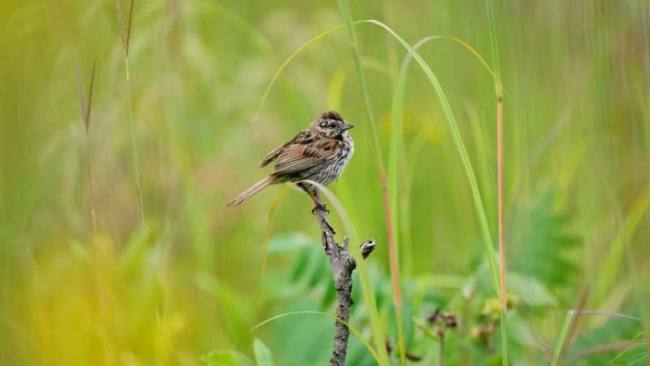Survey captures global picture of air pollution's effects on birds

Famously, the use of caged birds to alert miners to the invisible dangers of gases such as carbon monoxide gave rise to the cautionary metaphor "canary in a coal mine."
But other than the fact that exposure to toxic gases in a confined space kills caged birds before affecting humans—providing a timely warning to miners—what do we know about the effects of air pollution on birds?
Holloway, who leads the NASA Health and Air Quality Applied Sciences Team (a multi-institutional team of researchers that serves as a nexus for analyzing environmental data from a constellation of Earth-observing satellites), notes that studying the effects of air pollution on humans is comparatively easier to assess as hospital records and mortality data are readily available to scientists. Air pollution, in fact, is one of the leading and most direct environmental threats to human health, she says.
Something that makes birds potentially more vulnerable to atmospheric contaminants is the efficiency of the avian respiratory system.
"Birds breathe unidirectionally," notes Sanderfoot. "They definitely breathe more efficiently than humans, and it has been hypothesized that because their respiratory system is so much more efficient than ours, they are going to more readily pick up air pollutants."
The study is a springboard for new research, Sanderfoot and Holloway argue, and may be especially important given birds' role as sentinel species in the environment.
"When you talk to bird ecologists, air pollution is not necessarily perceived as a high-level issue," Holloway says. "Things like climate and landscape changes are at the top of their list in terms of population densities, species diversity, ecological stress. But we know that air pollution is a major risk to human health, and from our study we see pretty clearly that there is an impact on birds, too."
Source: Phys.org
Mon 14 Aug 2017 at 09:34



.jpg)
.jpg)
